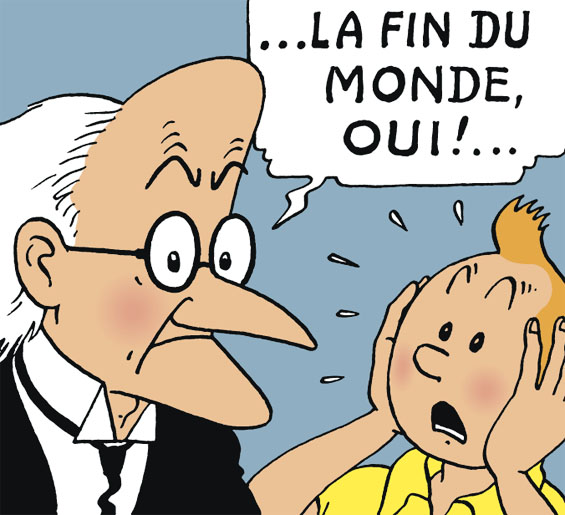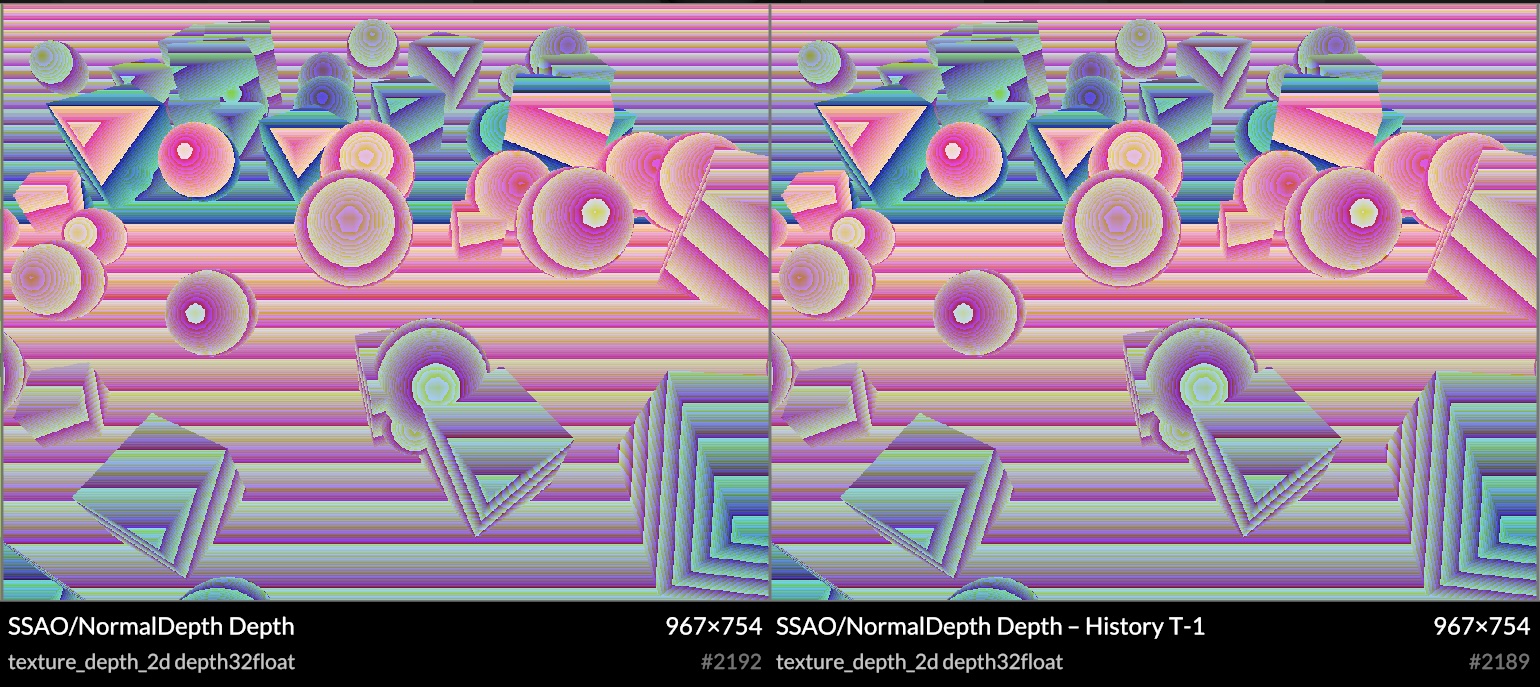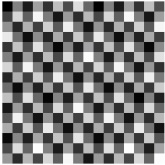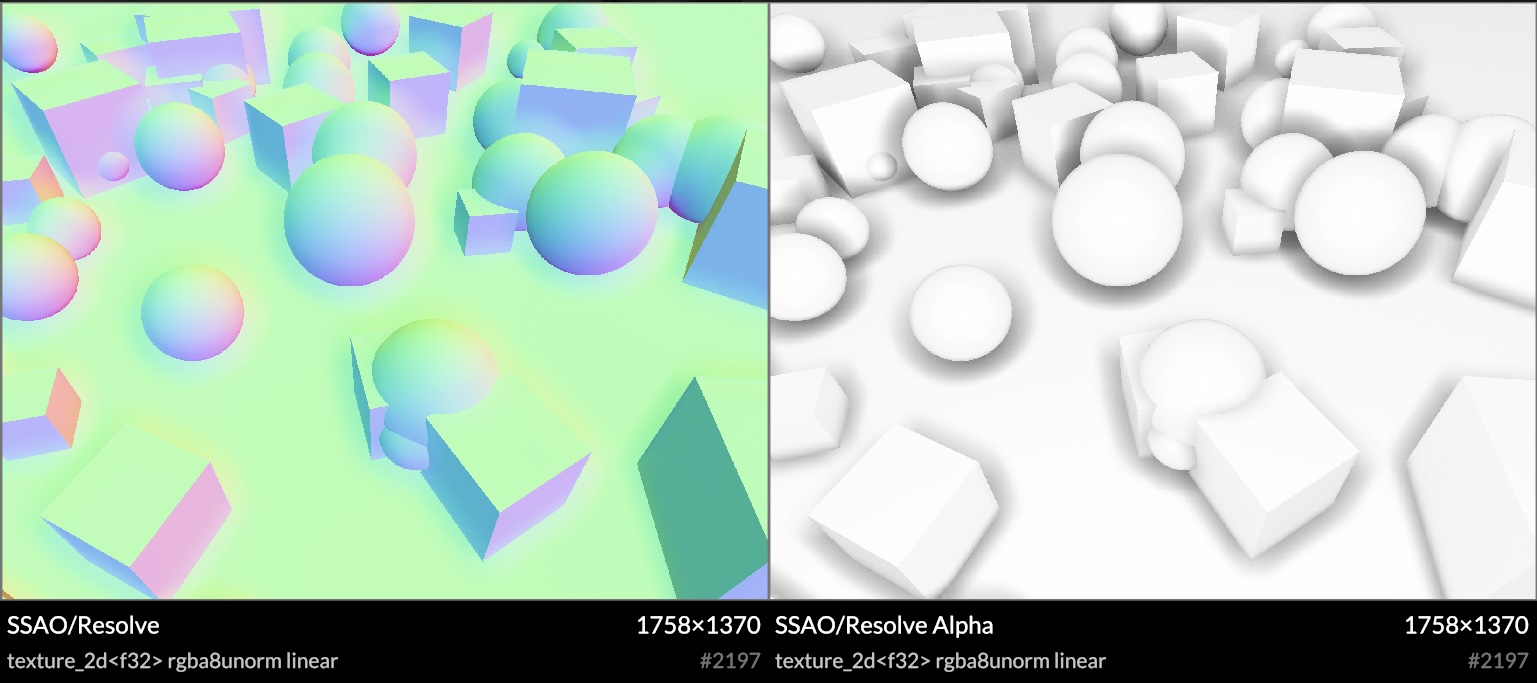De l’utilisation des smartphones et des tablettes chez les adolescents
Chers parents, chers enseignants, chers éducateurs,
Nous le savons toutes et tous, le smartphone est devenu un objet incontournable de notre quotidien, nous connectant en permanence au réseau Internet qui, avant cela, restait cantonné aux ordinateurs sur nos bureaux. En voyant grandir nos enfants, la question se pose : quand, comment et pourquoi les faire entrer dans le monde de cette hyperconnexion permanente.
L’adolescence est une phase critique de la vie durant laquelle le cerveau est particulièrement réceptif et forme des réflexes qui resteront ancrés toute une vie. C’est également une période durant laquelle la pression du groupe et le désir de conformité sociale sont les plus importants. Ce n’est pas un hasard si les producteurs de cigarettes et d’alcool ciblent explicitement les adolescents dans le marketing de leur produit.
Le smartphone étant une invention incroyablement récente, nous manquons totalement de recul sur l’impact qu’il peut avoir durant la croissance. Est-il totalement inoffensif ou sera-t-il considéré, d’ici quelques années, comme le tabac l’est aujourd’hui ? Personne ne le sait avec certitude. Nos enfants sont les cobayes de cette technologie.
Il me parait important de souligner certains points importants, qui ne sont que quelques éléments parmi les nombreuses problématiques étudiées dans le domaine
L’attention et la concentration
Il est désormais démontré que le smartphone perturbe grandement l’attention et la concentration, y compris chez les adultes. Ce n’est pas un hasard : il est conçu pour cela. Les entreprises comme Google et Meta (Facebook, Whatsapp, Instagram) sont payées proportionnellement au temps que nous passons devant l’écran. Tout est optimisé en ce sens. Le simple fait d’avoir un téléphone près de soi, même éteint, perturbe le raisonnement et fait baisser sensiblement les résultats de tests de QI.
Le cerveau acquiert le réflexe d’attendre des notifications de nouveaux messages de cet appareil, sa seule présence est donc un handicap majeur dans toutes les tâches qui requièrent de l’attention : lecture, apprentissage, réflexion, calculs. Il ne suffit pas de l’éteindre : il faut le mettre à distance, si possible dans une pièce différente !
Il est démontré que l’utilisation des réseaux sociaux comme Tik-Tok perturbe complètement la notion du temps et la formation de la mémoire. Nous en avons tous fait l’expérience : nous jurons avoir passé 10 minutes sur notre smartphone alors qu’il s’est en réalité écoulé près d’une heure.
Pour mémoriser et apprendre, le cerveau a besoin de temps de repos, de vide, d’ennui et de réflexion. Ces nécessaires temps « morts » dans les trajets, dans les files d’attente, dans la solitude d’une chambre d’adolescent voire même durant un cours rébarbatif ont été supplantés par une hyperconnexion.
L’angoisse sociale et la perturbation du sommeil
Même lorsque nous ne l’utilisons pas, nous savons que les conversations continuent. Que des messages importants sont peut-être échangés en notre absence. Cette sensation bien connue appelée « FOMO » (Fear Of Missing Out, peur de manquer quelque chose) nous pousse à consulter notre téléphone jusque tard dans la nuit et dès le réveil. Une proportion inquiétante de jeunes reconnaissent se réveiller durant la nuit pour consulter leur smartphone. Or la qualité du sommeil est fondamentale dans le processus d’apprentissage et de formation du cerveau.
La santé mentale
De récentes avancées démontrent une corrélation forte entre le degré d’utilisation des réseaux sociaux et les symptômes de dépression. Le monde occidental semble atteint d’une épidémie de dépression adolescente, épidémie dont la temporalité correspond exactement avec l’apparition du smartphone. Les filles en dessous de 16 ans sont la population la plus touchée.
Le harcèlement et la prédation
Sur les réseaux sociaux, il est trivial de créer un compte anonyme ou usurpant l’identité d’une autre personne (contrairement à ce qu’il est parfois affirmé dans les médias, il n’est pas nécessaire d’être un génie de l’informatique pour mettre un faux nom dans un formulaire). À l’abri sous cet anonymat, il est parfois très tentant de faire des blagues de mauvais goût, de tenir des propos injurieux, de révéler aux grands jours les secrets dont les adolescents sont friands voire de calomnier pour régler des différends de cours de récré. Ces comportements ont toujours fait partie de l’adolescence et font partie d’une exploration naturelle normale des relations sociales. Cependant, le fonctionnement des réseaux sociaux aggrave fortement l’impact de ces actions tout en favorisant l’impunité du responsable. Cela peut conduire à des conséquences graves allant au-delà de ce qu’imaginent initialement les participants.
Ce pseudonymat est également une bénédiction pour les personnes mal intentionnées qui se font passer pour des enfants et, après des semaines de discussion, proposent à l’enfant de se retrouver en vrai, mais sans rien dire aux adultes.
Au lieu d’en tirer des leçons sociales éducatives, nous appelons les adolescents faisant des blagues de mauvais goût des « pirates informatiques », stigmatisant l’utilisation de la technologie plutôt que le comportement. Le thème des prédateurs sexuels est mis en exergue pour réclamer à cor et à cri des solutions de contrôle technologiques. Solutions que les géants de l’informatique se font un plaisir de nous vendre, jouant sur la peur et stigmatisant la technologie ainsi que celles et ceux qui ont le malheur d’en avoir une compréhension intuitive.
La peur et l’incompréhension deviennent les moteurs centraux pour mettre en avant une seule valeur éducative : obéir aveuglément à ce qui est incompréhensible et ce qu’il ne faut surtout pas essayer de comprendre.
La fausse idée de l’apprentissage de l’informatique
Car il faut à tout prix déconstruire le mythe de la « génération numérique ».
Contrairement à ce qui est parfois exprimé, l’utilisation d’un smartphone ou d’une tablette ne prépare en rien à l’apprentissage de l’informatique. Les smartphones sont, au contraire, conçus pour cacher la manière dont ils fonctionnent et sont majoritairement utilisés pour discuter et suivre des publications sponsorisées. Ils préparent à l’informatique autant que lire un magazine people à l’arrière d’un taxi prépare à devenir mécanicien. Ce n’est pas parce que vous êtes assis dans une voiture que vous apprenez son fonctionnement.
 Une dame de 87 ans se sert d’une tablette sans avoir été formée, mais il faudrait former les enfants à l’école ?
Une dame de 87 ans se sert d’une tablette sans avoir été formée, mais il faudrait former les enfants à l’école ?
Former à utiliser Word ou PowerPoint ? Les enfants doivent apprendre à découvrir les généralités des logiciels, à tester, à « chipoter », pas à reproduire à l’aveugle un comportement propre à un logiciel propriétaire donné afin de les préparer à devenir des clients captifs. Et que dire d’un PowerPoint qui force à casser la textualité, la capacité d’écriture pour réduire des idées complexes sous forme de bullet points ? Former à PowerPoint revient à inviter ses élèves dans un fast-food sous prétexte de leur apprendre à cuisiner.
L’aspect propriétaire et fermé de ces logiciels est incroyablement pervers. Introduire Microsoft Windows, Google Android ou Apple iOS dans les classes, c’est forcer les étudiants à fumer à l’intérieur sans ouvrir les fenêtres pour en faire de bons apnéistes qui savent retenir leur souffle. C’est à la fois dangereusement stupide et contre-productif.
De manière étonnante, c’est d’ailleurs dans les milieux de l’informatique professionnelle que l’on trouve le plus de personnes retournant aux « dumbphones », téléphones simples. Car, comme dit le proverbe « Quand on sait comment se prépare la saucisse, on perd l’envie d’en manger… »
Que faire ?
Le smartphone est omniprésent. Chaque génération transmet à ses enfants ses propres peurs. S’il y a tant de discussions, de craintes, de volonté « d’éducation », c’est avant tout parce que la génération des parents d’aujourd’hui est celle qui est le plus addict à son smartphone, qui est la plus espionnée par les monopoles publicitaires. Nous avons peur de l’impact du smartphone sur nos enfants parce que nous nous rendons confusément compte de ce qu’il nous inflige.
Mais les adolescents ne sont pas forcés d’être aussi naïfs que nous face à la technologie.
Commencer le plus tard possible
Les pédiatres et les psychiatres recommandent de ne pas avoir une utilisation régulière du smartphone avant 15 ou 16 ans, le système nerveux et visuel étant encore trop sensible avant cela. Les adolescents eux-mêmes, lorsqu’on les interroge, considèrent qu’ils ne devraient pas avoir de téléphone avant 12 ou 13 ans.
Si une limite d’âge n’est pas réaliste pour tout le monde, il semble important de retarder au maximum l’utilisation quotidienne et régulière du smartphone. Lorsque votre enfant devient autonome, privilégiez un « dumbphone », un simple téléphone lui permettant de vous appeler et de vous envoyer des SMS. Votre enfant arguera, bien entendu, qu’il est le seul de sa bande à ne pas avoir de smartphone. Nous avons tous été adolescents et utilisé cet argument pour nous habiller avec le dernier jeans à la mode.
Comme le signale Jonathan Haidt dans son livre « The Anxious Generation », il y a un besoin urgent de prendre des actions collectives. Nous offrons des téléphones de plus en plus tôt à nos enfants, car ils nous disent « Tout le monde en a sauf moi ». Nous cédons, sans le savoir, nous forçons d’autres parents à céder. Des expériences pilotes d’écoles « sans téléphone » montrent des résultats immédiats en termes de bien-être et de santé mentale des enfants..
Parlez-en avec les autres parents. Développez des stratégies ensemble qui permettent de garder une utilisation raisonnable du smartphone tout en évitant l’exclusion du groupe, ce qui est la plus grande hantise de l’adolescent.
Discutez en amont avec votre enfant
Expliquez à votre enfant les problématiques liées au smartphone. Plutôt que de prendre des décisions arbitraires, consultez-le et discutez avec lui de la meilleure manière pour lui d’entrer dans le monde connecté. Établissez un lien de confiance en lui expliquant de ne jamais faire confiance à ce qu’il pourra lire sur le téléphone.
Dans le doute, il doit avoir le réflexe d’en discuter avec vous.
Introduisez l’outil progressivement
Ne laissez pas votre enfant se débrouiller directement avec un smartphone une fois votre limite d’âge atteinte.
Bien avant cela, montrez-lui comment vous utilisez votre propre smartphone, votre ordinateur. Montrez-lui la même page Wikipédia sur les deux outils en expliquant qu’il ne s’agit que d’une manière de visualiser un contenu qui se trouve sur un autre ordinateur.
Lorsque votre enfant reçoit son propre appareil, introduisez-le progressivement en ne lui autorisant l’utilisation que pour des cas particuliers. Vous pouvez par exemple garder le téléphone, en ne le donnant à l’enfant que lorsqu’il en fait la demande pour une durée limitée et pour un usage précis. Ne créez pas immédiatement des comptes sur toutes les plateformes à la mode. Observez avec lui les réflexes qu’il acquiert, discutez sur l’inondation permanente que sont les groupes Whatsapp.
Parlez de vie privée
Rappelez à votre enfant que l’objectif des plateformes monopolistiques est de vous espionner en permanence afin de revendre votre vie privée et de vous bombarder de publicités. Que tout ce qui est dit et posté sur les réseaux sociaux, y compris les photos, doit être considéré comme public, le secret n’est qu’une illusion. Une règle d’or : on ne poste pas ce qu’on ne serait pas confortable de voir afficher en grand sur les murs de l’école.
Au Danemark, les écoles ne peuvent désormais plus utiliser de Chromebook pour ne pas enfreindre la vie privée des enfants. Mais ne croyez pas qu’Android, Windows ou iOS soient mieux en termes de vie privée.
Pas dans la chambre
Ne laissez jamais votre enfant dormir avec son téléphone. Le soir, le téléphone devrait être rangé dans un endroit neutre et hors de portée. De même, ne laissez pas le téléphone à portée de main lorsque l’enfant fait ses devoirs. Il en va de même pour les tablettes et autres laptops qui ont exactement les mêmes fonctions. Idéalement, les écrans sont à éviter avant d’aller à l’école pour éviter de commencer la journée en étant déjà en état de fatigue attentionnelle. N’oubliez pas que le smartphone peut être le vecteur de messages et d’images dérangeantes, voire choquantes, mais étrangement hypnotiques. L’effet de la lumière des écrans sur la qualité du sommeil est également une problématique encore mal comprise.
Continuez la discussion
Il existe des logiciels dits de « Contrôle parental ». Mais aucun logiciel ne remplacera jamais la présence des parents. Pire : les enfants les plus débrouillards trouveront très vite des astuces pour contourner ces limitations voire seront tentés de contourner ces limitations uniquement parce qu’elles sont arbitraires. Plutôt que d’imposer un contrôle électronique, prenez le temps de demander à vos enfants ce qu’ils font sur leur téléphone, avec qui ils parlent, ce qui se dit, quels sont les logiciels qu’ils utilisent.
L’utilisation d’Internet peut être également très bénéfique en permettant à l’enfant d’apprendre sur des sujets hors programmes ou de découvrir des communautés partageant des centres d’intérêt différents de ceux de l’école.
De la même manière que vous laissez votre enfant fréquenter un club de sport ou de scoutisme tout en l’empêchant de trainer avec une bande de voyous dans la rue, vous devez contrôler les fréquentations de vos enfants en ligne. Loin des groupes Whatsapp scolaires, votre enfant peut trouver des communautés en ligne partageant ses centres d’intérêt, communautés dans lesquelles il pourra apprendre, découvrir et s’épanouir s’il est bien aiguillé.
Donnez l’exemple, soyez l’exemple !
Nos enfants ne font pas ce qu’on leur dit de faire, ils font ce qu’ils nous voient faire. Les enfants ayant vu leurs parents fumer ont le plus grand risque de devenir fumeurs à leur tour. Il en est de même pour les smartphones. Si notre enfant nous voit en permanence sur notre téléphone, il n’a pas d’autre choix que de vouloir nous imiter. L’un des plus beaux cadeaux que vous pouvez faire est donc de ne pas utiliser compulsivement votre téléphone en présence de votre enfant.
Oui, vous devez traiter et prendre conscience de votre propre addiction !
Prévoyez des périodes où vous le mettez-le en silencieux ou en mode avion et où il est rangé à l’écart. Lorsque vous prenez votre téléphone, expliquez à votre enfant l’usage que vous en faites.
Devant lui, mettez-vous à lire un livre papier. Et, non, la lecture sur l’iPad n’est pas « pareille ».
D’ailleurs, si vous manquez d’idée, je ne peux que vous recommander mon dernier roman : une aventure palpitante écrite à la machine à écrire qui traite de vélo, d’adolescence, de fin du monde et de smartphones éteints pour toujours. Oui, la publicité s’est même glissée dans ce texte, quel scandale !
Donnez le goût de l’informatique, pas celui d’être contrôlé
Il ne faut pas tirer sur le messager : le responsable n’est pas « l’écran », mais l’utilisation que nous en faisons. Les monopoles informatiques tentent de rendre les utilisateurs addicts, prisonniers pour les bombarder de publicités, pour les faire consommer. Là sont les responsables.
Apprendre la programmation (ce qui se fait au départ très bien sans écran), jouer à des jeux vidéos profonds avec des histoires complexes ou simplement drôles pour passer un moment amusant, discuter en ligne avec des passionnés, dévorer Wikipédia… L’informatique moderne nous ouvre de magnifiques portes dont il serait dommage de priver nos enfants.
Au lieu de céder à nos propres peurs, angoisses et incompréhensions, nous devons donner à nos enfants le goût de reprendre le contrôle de l’informatique et de nos vies, contrôle que nous avons un peu trop facilement cédé aux monopoles publicitaires en échange d’un rectangle de verre affichant des icônes de couleur.
 Une enfant s’étonne de ne plus retrouver un livre sur sa tablette, la maitresse lui explique que des entreprises ont décidé que ce livre n’était pas bon pour elle.
Une enfant s’étonne de ne plus retrouver un livre sur sa tablette, la maitresse lui explique que des entreprises ont décidé que ce livre n’était pas bon pour elle.
Accepter l’imperfection
« J’avais des principes, aujourd’hui j’ai des enfants » dit le proverbe. Impossible d’être parfait. Quoi que nous fassions, nos enfants seront confrontés à des conversations toxiques, des dessins animés débiles et c’est bien normal. En tant que parents, nous faisons ce que nous pouvons, avec nos réalités.
Personne n’est parfait. Surtout pas un parent.
L’important n’est pas d’empêcher à tout prix nos enfants d’être sur un écran, mais de prendre conscience qu’un smartphone n’est absolument pas un outil éducatif, qu’il ne prépare à rien d’autre que de faire de nous de bons consommateurs passifs.
Le seul apprentissage réellement nécessaire est celui d’un esprit critique dans l’utilisation d’un outil informatique.
Et dans cet apprentissage, les enfants ont souvent beaucoup à apprendre aux adultes !
UPDATE juin 2025 : un large panel d’experts a tenté de dégager un véritable consensus scientifique. Le résultat est que personne ne discute les impacts nocifs du smartphone sur le sommeil des adolescents, sur l’attention et sur la dégradation de la santé mentale.
 Wait, What Is Power Query?
Wait, What Is Power Query? From Curiosity to Control
From Curiosity to Control The Geeky Bit (Optional)
The Geeky Bit (Optional) Lessons Learned
Lessons Learned What’s Next?
What’s Next?
 .
.
 .
.
 . If Shakespeare’s typesetters were using em dashes before indoor plumbing was common, I think it’s safe to say they’re not a 21st-century LLM quirk.
. If Shakespeare’s typesetters were using em dashes before indoor plumbing was common, I think it’s safe to say they’re not a 21st-century LLM quirk. The Tragedy of Othello, the Moor of Venice, with long dashes (typeset here with 3 dashes)
The Tragedy of Othello, the Moor of Venice, with long dashes (typeset here with 3 dashes)

 .
.
 .
. .
. .
.
 Amedee (48): IT’er, balfolkdanser, amateurmuzikant, houdt van gezelschapsspelletjes en wandelen, auti en sociaal geëngageerd
Amedee (48): IT’er, balfolkdanser, amateurmuzikant, houdt van gezelschapsspelletjes en wandelen, auti en sociaal geëngageerd Chloë (bijna 52): Kunstenares, ex-Waldorfleerkracht en permacultuurontwerpster, houdt van creativiteit, koken en natuur
Chloë (bijna 52): Kunstenares, ex-Waldorfleerkracht en permacultuurontwerpster, houdt van creativiteit, koken en natuur Kathleen (54): Doodle-artiest met sociaal-culturele achtergrond, houdt van gezelligheid, buiten zijn en schrijft graag
Kathleen (54): Doodle-artiest met sociaal-culturele achtergrond, houdt van gezelligheid, buiten zijn en schrijft graag Een huis (géén appartement) in Gent, op max. 15 minuten fietsen van station Gent-Sint-Pieters
Een huis (géén appartement) in Gent, op max. 15 minuten fietsen van station Gent-Sint-Pieters Energiezuinig: EPC B of beter
Energiezuinig: EPC B of beter Minstens 3 ruime slaapkamers van ±20m²
Minstens 3 ruime slaapkamers van ±20m² Huurprijs:
Huurprijs: Beschikbaar: vanaf nu, ten laatste oktober
Beschikbaar: vanaf nu, ten laatste oktober Contact:
Contact: 




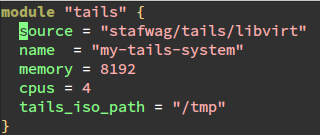
 LinkedIn Post:
LinkedIn Post: Article on Sibelga.be (Dutch):
Article on Sibelga.be (Dutch): YouTube Video:
YouTube Video: Want to know more? Check out the
Want to know more? Check out the  Some of the founding members of the Drupal AI initiative during our launch call on Google Hangouts.
Some of the founding members of the Drupal AI initiative during our launch call on Google Hangouts.
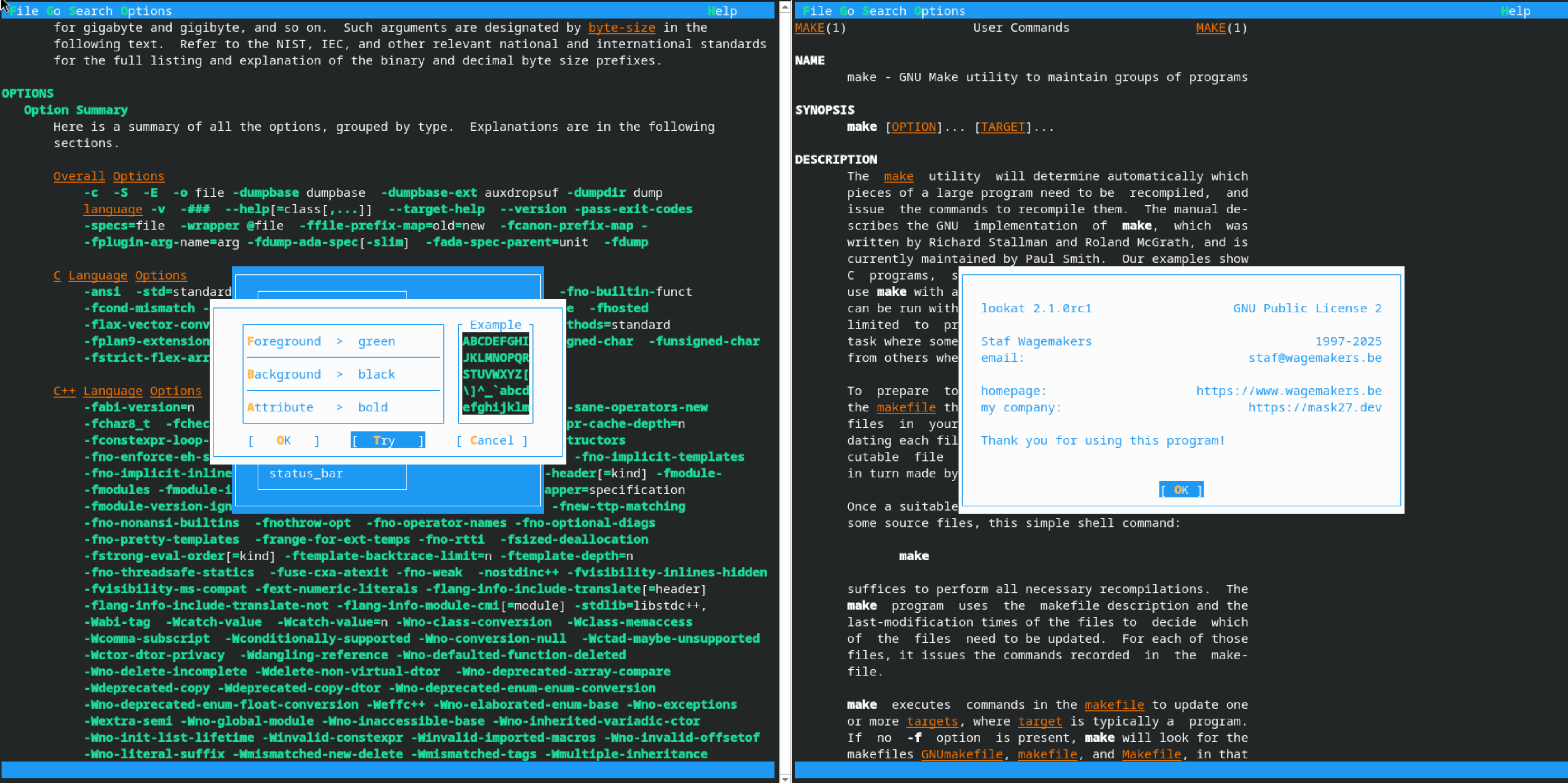
 Bananas for scale
Bananas for scale
 Google knows everything
Google knows everything
 Péage – one of the many
Péage – one of the many




 A Tasty Stop in Pré-en-Pail-Saint-Samson
A Tasty Stop in Pré-en-Pail-Saint-Samson pizza normande
pizza normande
 Just to much to eat it all
Just to much to eat it all
 Arrival Just Before Dark
Arrival Just Before Dark Enjoy the view!
Enjoy the view!
 Banana pancakes!
Banana pancakes!
 Photo:
Photo: 



 Back in 2013: Visualizing Repos with Bash and XVFB
Back in 2013: Visualizing Repos with Bash and XVFB From Shell Scripts to GitHub Actions
From Shell Scripts to GitHub Actions Reusable through
Reusable through  Manually triggerable via
Manually triggerable via  Integrated into a larger CI/CD pipeline (
Integrated into a larger CI/CD pipeline ( Cloud-native, with video output stored on S3
Cloud-native, with video output stored on S3 What the New Workflow Does
What the New Workflow Does Decides if a new Gource video should be generated, based on time since the last successful run.
Decides if a new Gource video should be generated, based on time since the last successful run. Generates a Gource animation and a looping thumbnail GIF.
Generates a Gource animation and a looping thumbnail GIF. Posts a clean summary with links, preview, and commit info.
Posts a clean summary with links, preview, and commit info. Smart Checks Before Running
Smart Checks Before Running Building the Visualization
Building the Visualization Step-by-step:
Step-by-step: A Clean Summary for Humans
A Clean Summary for Humans Final Thoughts
Final Thoughts









 Photo: Filip Verpoest
Photo: Filip Verpoest
 2.
2.  Photo: Arne de Laat
Photo: Arne de Laat
 3.
3.  Camping in Pacific City, a small surfer town on the Oregon coast. The main landmark is Haystack Rock, also known as Chief Kiawanda. It looks like a gorilla's head with a rat tail. Once you see it, you can't unsee it.
Camping in Pacific City, a small surfer town on the Oregon coast. The main landmark is Haystack Rock, also known as Chief Kiawanda. It looks like a gorilla's head with a rat tail. Once you see it, you can't unsee it.
 Laundry day in a small town in Oregon. We're camping in a van and stopped to wash some of our clothes. Life on the road!
Laundry day in a small town in Oregon. We're camping in a van and stopped to wash some of our clothes. Life on the road!
 Arrived at Skull Hollow Campground. No power or water, but it's quiet and the sky is full of stars. It feels like we're exactly where we need to be.
Arrived at Skull Hollow Campground. No power or water, but it's quiet and the sky is full of stars. It feels like we're exactly where we need to be.
 We hiked the Misery Ridge and River Trail in Smith Rock State Park. The steep switchbacks and rocky terrain made it a tough climb, but the panoramic views were worth it.
We hiked the Misery Ridge and River Trail in Smith Rock State Park. The steep switchbacks and rocky terrain made it a tough climb, but the panoramic views were worth it.
 Our van's neighbor for the night was a beautifully rusted Ford. Retired but still stealing the spotlight.
Our van's neighbor for the night was a beautifully rusted Ford. Retired but still stealing the spotlight.
 I can't help but wonder what stories this truck could tell.
I can't help but wonder what stories this truck could tell.
 Parked at Camp Sherman Campground, next to the Metolius River in Oregon, USA.
Parked at Camp Sherman Campground, next to the Metolius River in Oregon, USA.
 Why Automate Role Documentation?
Why Automate Role Documentation? How the Workflow Works
How the Workflow Works Set up Python and install
Set up Python and install  Format the resulting Markdown using
Format the resulting Markdown using  Commit and push the changes if there are any.
Commit and push the changes if there are any. A Universal Pattern for Automated Docs
A Universal Pattern for Automated Docs A Note on OpenRouter API Keys
A Note on OpenRouter API Keys

 Black Holes and White Holes
Black Holes and White Holes





 Back to the Screaming
Back to the Screaming

 Warning
Warning Doing a Q&A at Drupal Dev Days in Leuven. I loved the energy and great questions from the Drupal community. ©
Doing a Q&A at Drupal Dev Days in Leuven. I loved the energy and great questions from the Drupal community. © 




